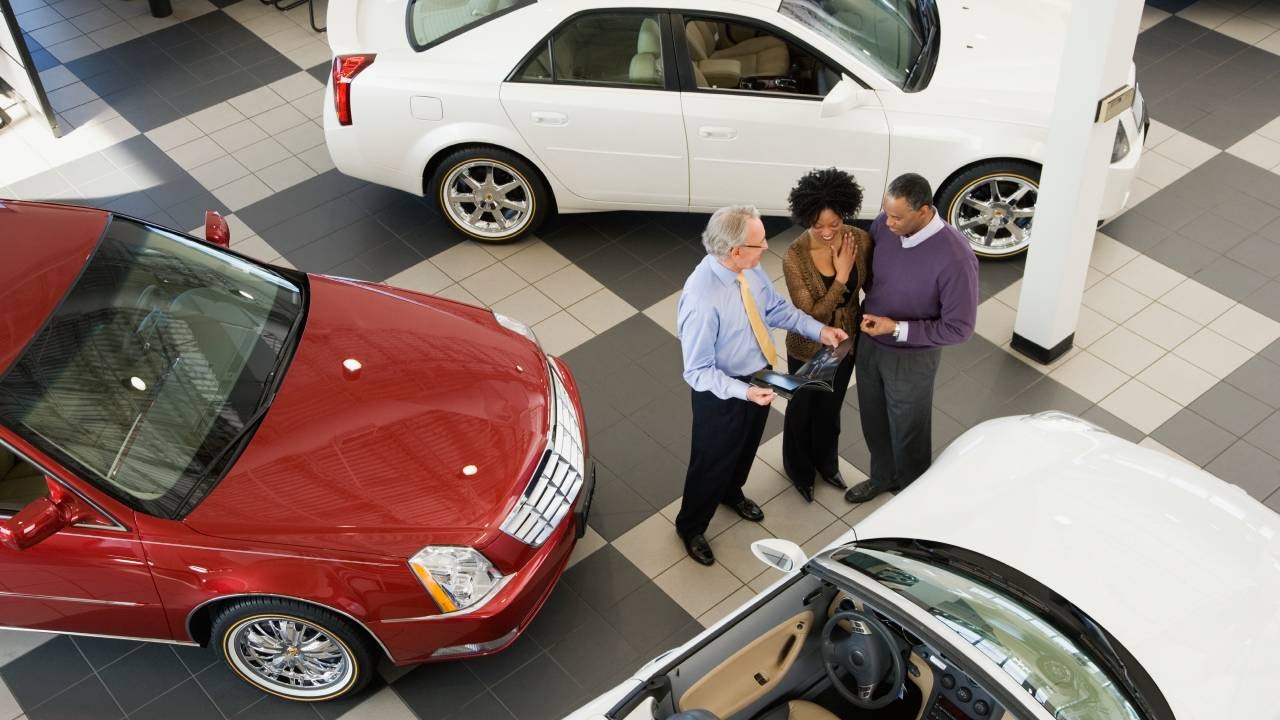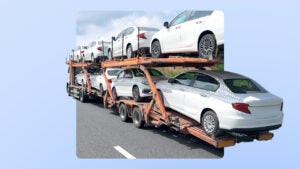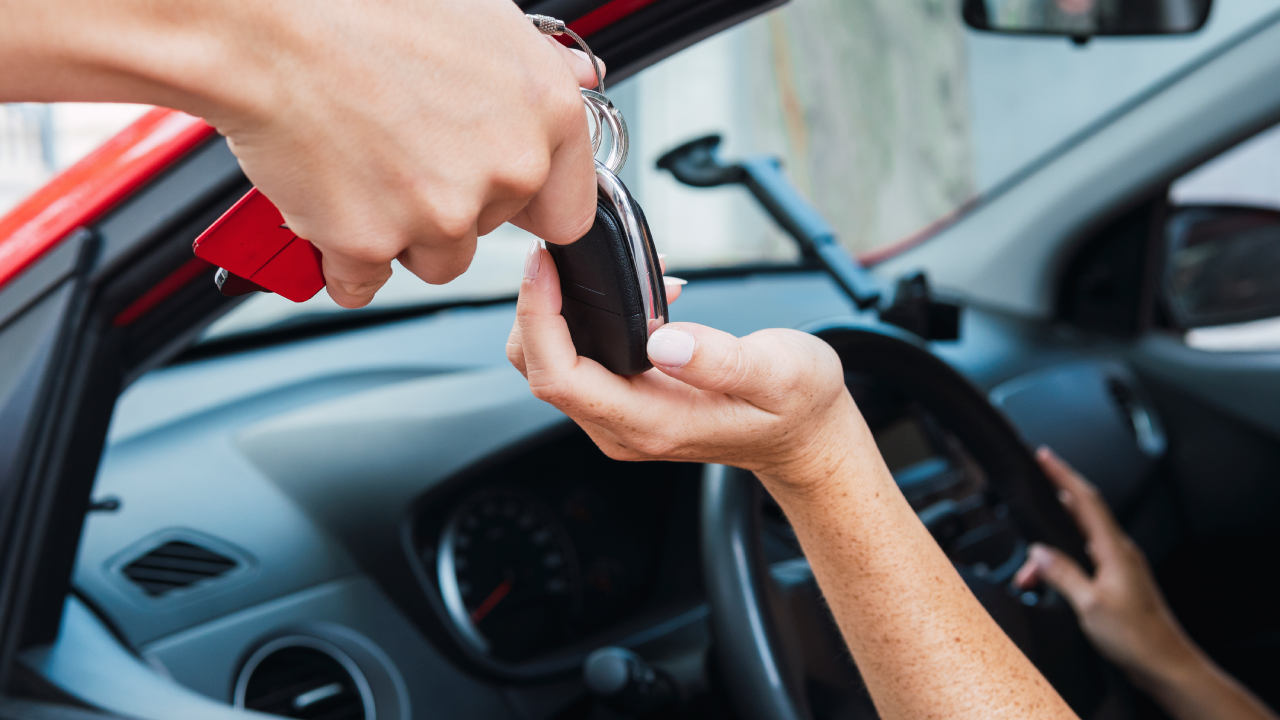How does inflation impact the cost of car insurance?

Inflation drives higher prices of goods and services by reducing the purchasing power of money, and auto insurance is no exception. As of the Bureau of Labor Statistics’ monthly consumer price index (CPI) report, January 2025’s inflation rate was 3 percent, a significant decrease from its peak of 9.1 percent in June 2022. However, the motor vehicle insurance component of the Consumer Price Index increased 11.8 percent over the past year, leaving many drivers to wonder how much of their auto premium is affected by inflation.
How does inflation affect car insurance?
Auto insurance is a reactionary product. Insurers set rates by assessing future risk and when losses exceed their exceptions, rates increase to build up the reserves that carriers have already spent. When the products and services that influence the cost of car insurance get more expensive, the impact doesn’t trickle down to insurance rates until about 18–24 months later — often leading to confusion for consumers.
Just when we get the news that inflation is cooling, sticky car insurance inflation turns red hot.
How much is inflation impacting my car insurance?
The national average cost of car insurance as of January 2025 is $2,638 per year for full coverage and $773 annually for minimum coverage. According to Mark Friedlander, director of corporate communications for the Insurance Information Institute, auto rates are forecasted to increase by 7 percent throughout 2025.
Inflation isn’t the only reason car insurance rates are increasing. In 2021, there was a 10.5 percent increase in car crash fatalities. Paired with ongoing product and auto technician shortages, the added risk of increased car crashes only added fuel to the fire. The National Highway Traffic Safety Administration reports decreased traffic fatalities and inflation has slowed down dramatically starting in 2022, but this does not translate into lower car insurance rates.
Cooling inflation doesn’t promise that the price of certain products will get cheaper, just that they will get more expensive at a slower rate. And just like the cost of cars generally increases over time, so does car insurance. Even when we account for better driving, the cost of parts, the impacts of extreme weather and more lawsuits are counteracting the possibility of significant rate reductions.
Advanced driver assistance systems (ADAS) are becoming more common in newer vehicles. While these features reduce the risk of car crashes and traffic fatalities, this tech costs more to insure due to the use of rare materials and the need for specialty technicians for repairs.
All of these factors and more resulted in drivers seeing a 31 percent increase in the cost of full coverage car insurance from 2023 to 2025, according to Bankrate’s True Cost of Auto Insurance report. This amounts to 3.39 percent of median household income spent on car insurance.
With so many factors impacting your auto insurance rates, it may feel like everything is beyond your control. While cheap rates may feel elusive, doing a thorough policy review, shopping around for coverage, maintaining a safe driving record and looking for discounts can all help you save on coverage.
Frequently asked questions
Why we ask for feedback Your feedback helps us improve our content and services. It takes less than a minute to complete.
Your responses are anonymous and will only be used for improving our website.






